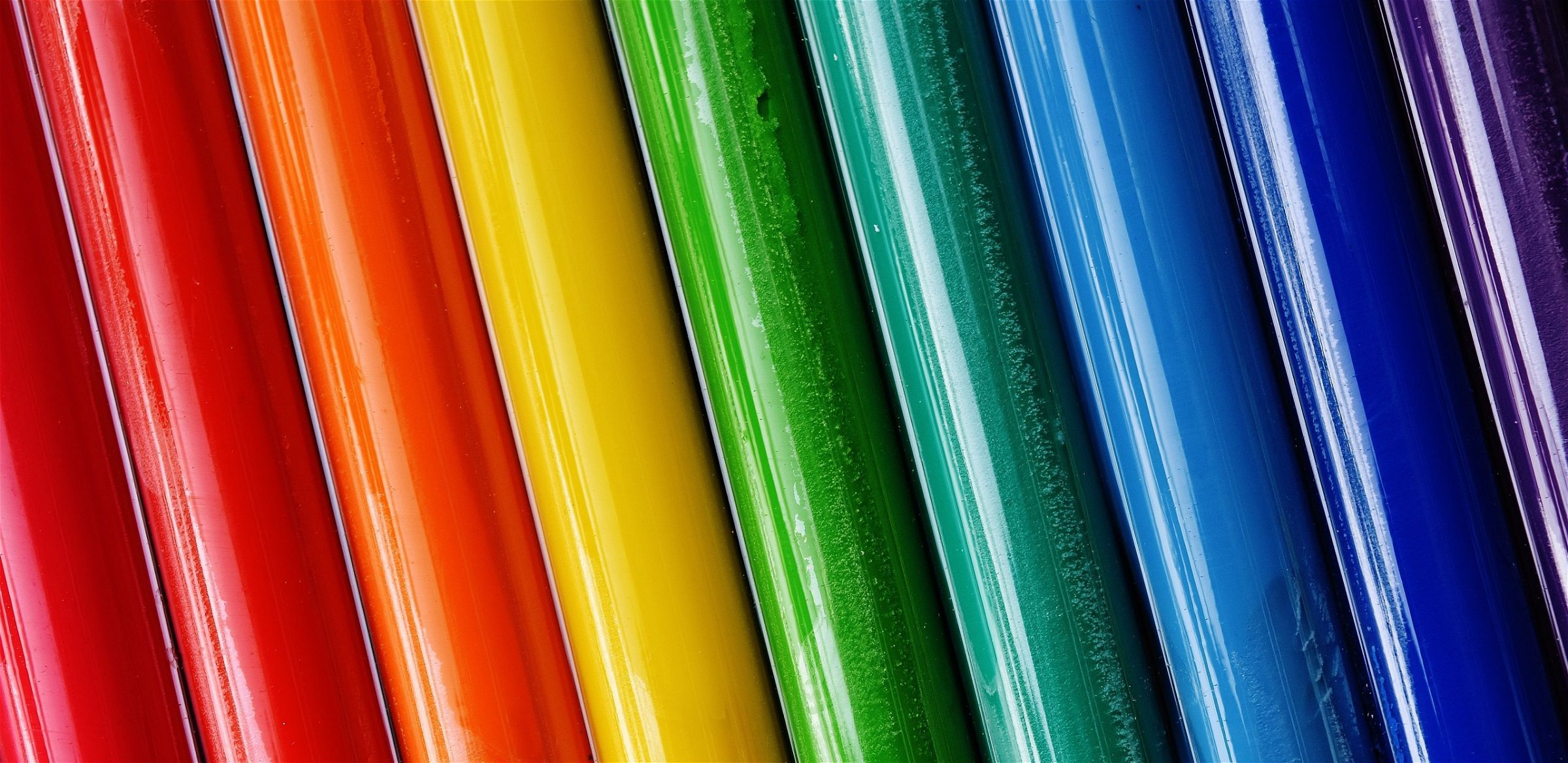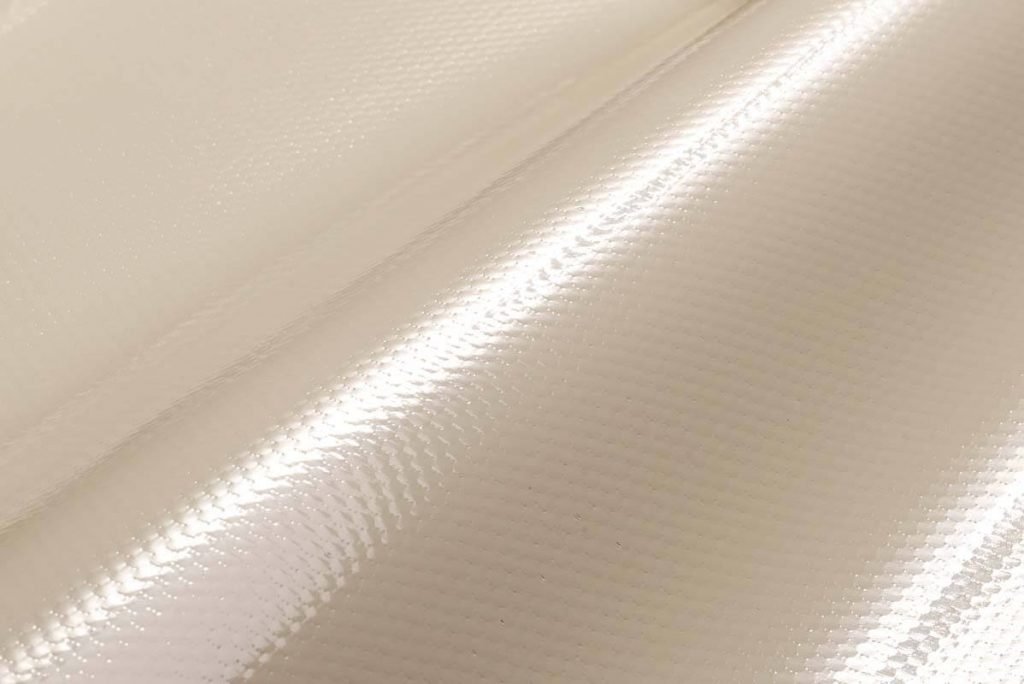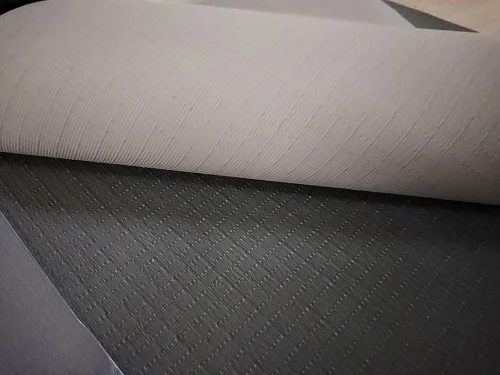Posted by Ida Kemunto on Nov 5, 2018 10:17:13 AM
Natural fibres such as wool, cotton and silk are harvested from living organisms such as plants. Synthetic fibres such as acrylic and nylon are made from synthesized polymers of small molecules that come from raw materials such as petrochemicals and oil extraction. In recent years, textiles have moved from using organic fibres largely due to the emergence and popularity of synthetic fibres. This is despite the constant push that natural fibres are better for the environment than synthetic fibres. Here is why.


Reasons for Textiles’ Move from Natural to Synthetic.
Cost of Production
Natural fibres are more expensive and resource-intensive to produce. Cotton, for instance, takes a lot of water to farm. Synthetic fibres, on the other hand, can be produced easily with a guarantee of complete purity.
Strength
Synthetic fibres are known for being stronger than cotton fibres. This is because synthetic fibres are made by repeatedly joining small units called monomer which then creates a bond between the units, therefore, making the fibre stronger.
Cotton fibre fabric, however, can be strengthened by replacing some of the cotton with synthetic fibre.
Absorbency
Natural fibres are very absorbent, unlike synthetic fibres. Because synthetic fibres are made from petrochemicals and oil extraction, it makes them unable to absorb water. This, therefore, makes Synthetic fibres both water and stain resistant.
Durability
Synthetic fibres are more durable than natural fibres. This is because natural fibres are biodegradable hence tend to be more sensitive.
Responsive to Customization
With synthetic fibres, one has the ability to change the properties of the fibres for their specific applications.
Climatic Changes
Cotton needs to be harvested and is affected by seasonal weather patterns, climate change and in a year where there is drought the supply-demand situation is adversely affected like any other crop.

